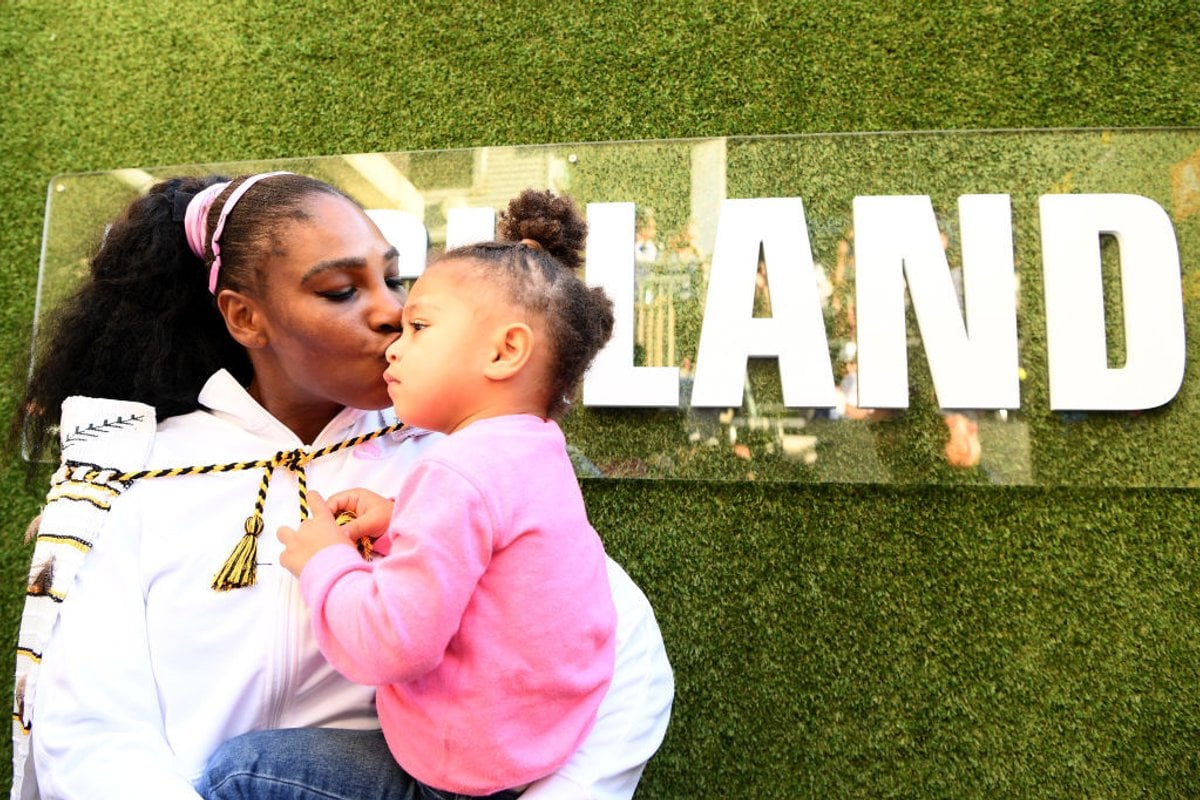
In a compelling essay published by Elle Magazine this week, tennis icon Serena Williams writes about the birth of her daughter Olympia, and the traumatic aftermath that almost ended her life. She describes how black women are three times more likely to die during or after childbirth than their white counterparts in the US, and how listening to black women can for some, be the difference between life and death.
After years of gruelling training and competition to push her body to its absolute limits, Serena enjoyed a much more relaxed way of life during the latter part of her pregnancy.
“I settled into a whole new way of being,” she writes in Elle Magazine.
Watch: Serena Williams introduces her baby daughter. Post continues below.
“I was relaxed not playing: my life was just sitting at home, and it was wonderful. I still had plenty of work to do, but my focus narrowed to keeping myself healthy for the baby.”
Serena took classes on breathing techniques to ready herself for the birth. She initially put doctors off when they wanted to induce her labour, but checked into hospital on August 31, 2017 for an induction.

